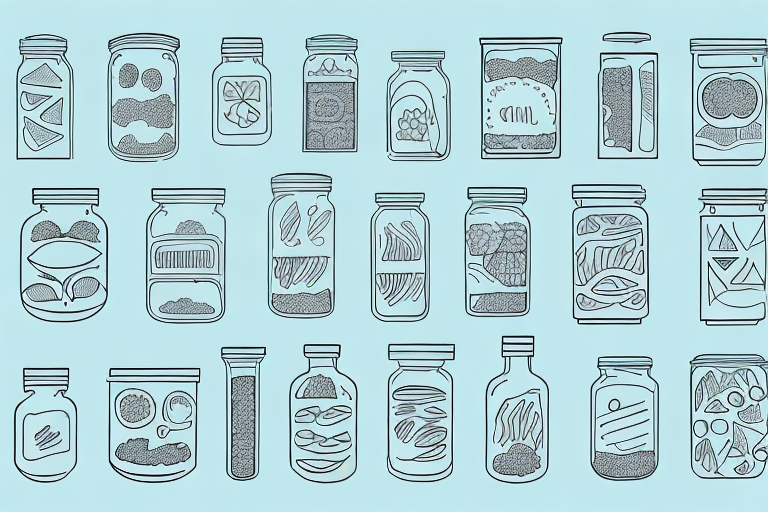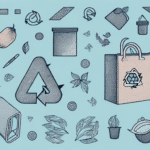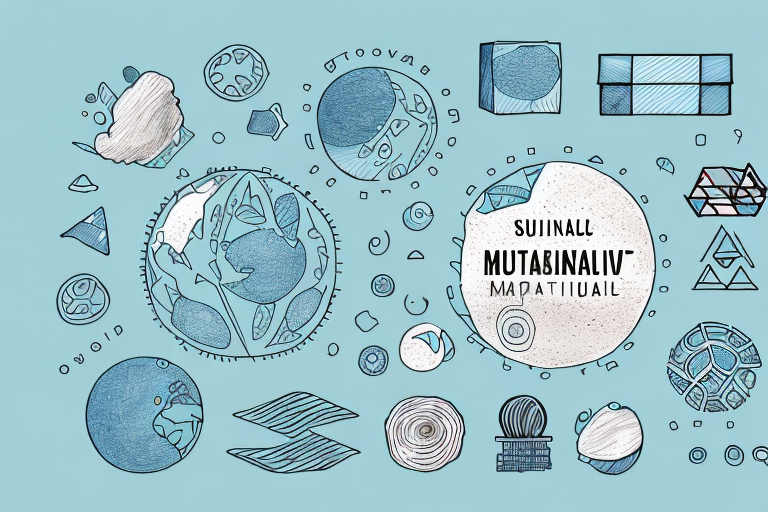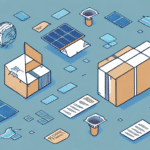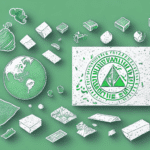Importance of Eco-Friendly Food Storage
Adopting eco-friendly food storage solutions is a significant step towards reducing your environmental footprint and promoting sustainability. By choosing containers made from sustainable materials, you can minimize your reliance on single-use plastics, decrease waste, and contribute to a healthier planet.
Environmental Impact of Traditional Food Storage Methods
Traditional food storage methods, particularly those involving single-use plastics, have a substantial negative impact on the environment. According to a U.S. EPA report, approximately 35% of plastics produced are used for packaging, which often ends up in landfills or oceans. These plastics can take up to 1,000 years to decompose, leading to long-term pollution and harm to marine life.
Glass and metal containers, while more durable, also have environmental footprints related to their production and transportation. However, their reusability and recyclability make them a more sustainable option compared to single-use alternatives.
Health Benefits of Eco-Friendly Containers
Eco-friendly containers are typically made from non-toxic materials such as glass, stainless steel, and certain bioplastics, which do not leach harmful chemicals into food. Compared to traditional plastic containers that may contain BPA and other hazardous substances, these sustainable options ensure that your food remains safe and uncontaminated.
Economic Benefits
Investing in high-quality, reusable containers can lead to long-term savings. While eco-friendly containers might have a higher upfront cost, their durability reduces the need for frequent replacements. A study by Recyclebank highlights that switching to reusable containers can save households hundreds of dollars annually by eliminating the need to purchase disposable alternatives.
Types of Eco-Friendly Containers
There is a wide variety of eco-friendly food storage containers available, each with its unique benefits and uses. Selecting the right type depends on your specific needs and preferences.
Glass Containers
Glass containers are prized for their durability and non-reactive properties, making them ideal for storing a variety of foods. They are microwave and dishwasher safe, and many are recyclable, reducing environmental impact. Brands like Pyrex offer a range of sizes suitable for both storage and cooking.
Stainless Steel Containers
Stainless steel containers are lightweight, durable, and resistant to rust and staining. They are excellent for on-the-go storage and are often used for meals and snacks. Their airtight seals help keep food fresh longer, thereby reducing food waste.
Silicone Containers
Silicone containers are flexible, lightweight, and heat-resistant, making them perfect for both storage and heating purposes. They are easy to clean and come in various shapes and sizes, offering versatility in food storage solutions.
Bamboo Containers
Bamboo containers are a sustainable alternative made from rapidly renewable bamboo. They are biodegradable and add a natural aesthetic to your kitchen. These containers are best suited for storing dry goods and can be used as decorative pieces when not in use.
Plant-Based Plastic Containers
Made from renewable resources like corn starch or sugarcane, plant-based plastic containers are compostable and offer a sustainable alternative to traditional plastics. They are suitable for a wide range of food storage needs and reduce dependence on fossil fuels.
Choosing the Right Eco-Friendly Container
Selecting the appropriate eco-friendly container involves considering multiple factors to ensure it meets your storage needs effectively.
Material Considerations
Different materials offer various benefits. For instance, glass is non-reactive and ideal for acidic foods, while stainless steel is excellent for durability and portability. Consider the types of food you store most frequently when choosing a material.
Size and Shape
Opt for containers that maximize space efficiency in your fridge or pantry. Square or rectangular containers typically use space more effectively than round ones. Additionally, having a variety of sizes can help accommodate different storage needs.
Intended Use
Determine how you plan to use the containers. If you need them for on-the-go meals, opt for containers with secure lids and handles. For freezer storage, ensure the containers are airtight to prevent freezer burn.
Best Practices for Using Eco-Friendly Containers
Maximizing the benefits of eco-friendly containers involves following best practices in storage, maintenance, and repurposing.
Proper Storage Techniques
Properly storing food can extend its shelf life and reduce waste. Use airtight containers to keep food fresh and prevent spills. Label containers with the contents and date to easily track freshness.
Cleaning and Maintenance
Regular cleaning is essential to maintain the integrity and longevity of your containers. Most eco-friendly containers are dishwasher safe, but always refer to the manufacturer's instructions to avoid damage. Avoid using harsh chemicals that can degrade materials.
Reusing and Repurposing
Eco-friendly containers can serve multiple purposes beyond food storage. For example, glass jars can be reused for organizing office supplies, while stainless steel containers can be repurposed as plant pots or crafting materials.
Cost Analysis and Brand Recommendations
While eco-friendly containers may have a higher initial cost compared to traditional options, their long-term benefits and durability make them a worthwhile investment.
Comparing Costs
Reusable containers eliminate the recurring expense of purchasing disposable alternatives. Over time, the savings can be substantial. Additionally, reducing food waste through better storage practices further enhances cost-effectiveness.
Top Brands
Several brands are renowned for their high-quality, sustainable food storage options:
- Stasher – Known for their reusable silicone bags.
- OXO – Offers a wide range of durable and functional containers.
- Pyrex – Renowned for their glass storage solutions.
- Anchor Hocking – Offers sturdy glass containers suitable for various storage needs.
DIY Alternatives to Traditional Storage
For those seeking budget-friendly or creative solutions, DIY alternatives to traditional food storage are an excellent option. These methods not only save money but also allow for personalization and creativity.
- Beeswax Wraps: Replace plastic wrap with homemade beeswax wraps using fabric and beeswax.
- Cloth Napkins: Use cloth napkins as reusable covers for bowls and containers.
- Reusable Silicone Bags: Sew your own silicone bags using silicone fabric and ribbons.
These DIY projects promote sustainability and offer a hands-on approach to reducing plastic waste.
Future Trends in Sustainable Food Storage
The future of sustainable food storage is promising, with ongoing innovations aimed at enhancing environmental responsibility and efficiency.
- Compostable Materials: Development of containers made from materials like mushroom mycelium and kelp, which are fully compostable.
- Circular Production Models: Emphasis on designing products that can be easily reused, recycled, or repurposed, minimizing waste.
- Smart Storage Solutions: Integration of technology for better inventory management and food preservation.
As consumer awareness grows, the demand for sustainable and innovative food storage solutions is expected to increase, driving further advancements in this field.













